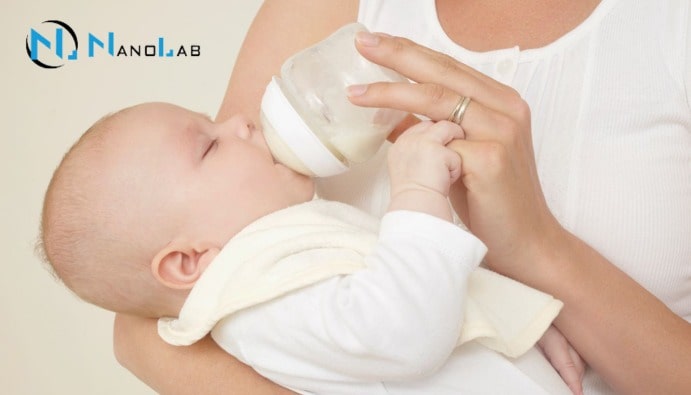Melamine Analysis: Quality Control in Food
What are the Hazards of Melamine?

What is Melamine?
Melamine (C₃H₆N₆) is a nitrogen-rich compound used in thermoplastics and resins. It is generally not used in foods intended for direct consumption due to its toxic effects. However
- Intentional Adulteration: Melamine can be added to foods with high protein content, such as milk and dairy products, to produce falsely high results in protein analysis. This is because melamine appears to increase the nitrogen content by the Kjeldahl method used in protein analysis.
Health Effects of Melamine
The presence of melamine in food products can pose serious hazards to human health. These effects include:
- Kidney Stones and Kidney Failure: Melamine accumulates and crystallizes in the kidneys, leading to the formation of kidney stones.
- Toxic Effects: Exposure to high levels of melamine can cause organ failure and toxic reactions.
- Effects on Children: The detection of melamine in infant formula carries serious risks of developmental disorders and death.
In Which Foods Is Melamine Analyzed?
Melamine analysis is performed on specific food products. These products are usually foods with high protein content and at risk of counterfeiting. Melamine can be added to such products for food counterfeiting purposes or can pass into foods as a result of contamination during the production process. Here are the main food categories analyzed for melamine:
- Milk
- Yogurt and Cheese
- Baby Food
- Protein Powders
- Animal Feed
- Processed Meat Products
- Meat-based Soups and Concentrates
- Flour and Pasta
- Cereal Based Infant Formulas
- Protein Based Drinks
- Powder Drinks
Sample Preparation for Melamine Detection
Sample preparation is a critical step in the determination of melamine for accurate analysis. Sample preparation may include the following steps:
- Extraction: Separation of melamine from the food matrix.
- Purification: Purification is performed to reduce interference from other compounds in the mixture.
- Analysis: Measurement is performed by HPLC, LC-MS/MS or other appropriate method.
Regulations and Limits
Legal limits for melamine in food products have been set worldwide:
- US FDA: The maximum melamine limit in infant formula is set at 1 ppm (parts per million).
- European Union: The maximum melamine limit in general foods is 2.5 ppm.
- Codex Alimentarius: A limit of 2.5 ppm has been adopted as the international standard.
These regulations have been established to ensure that melamine is present at safe levels in foods and to protect consumer health.
Nanolab Laboratories Group continues to provide services within the scope of Melamine Analysis. We also provide services in Dioxin Analysis.
Contact us for more information.
You can follow us on LinkedIn for up-to-date news and posts about our services.
Follow our Instagram account to be informed about our latest blog posts.

